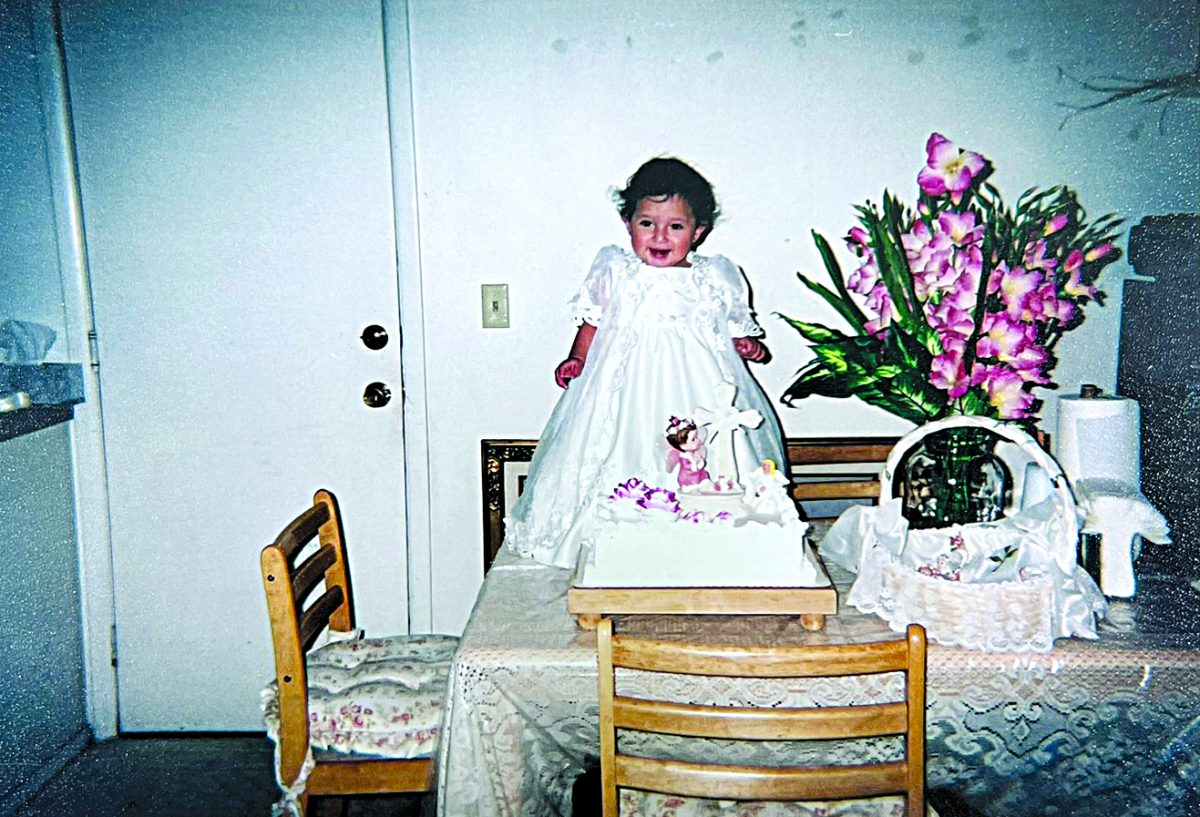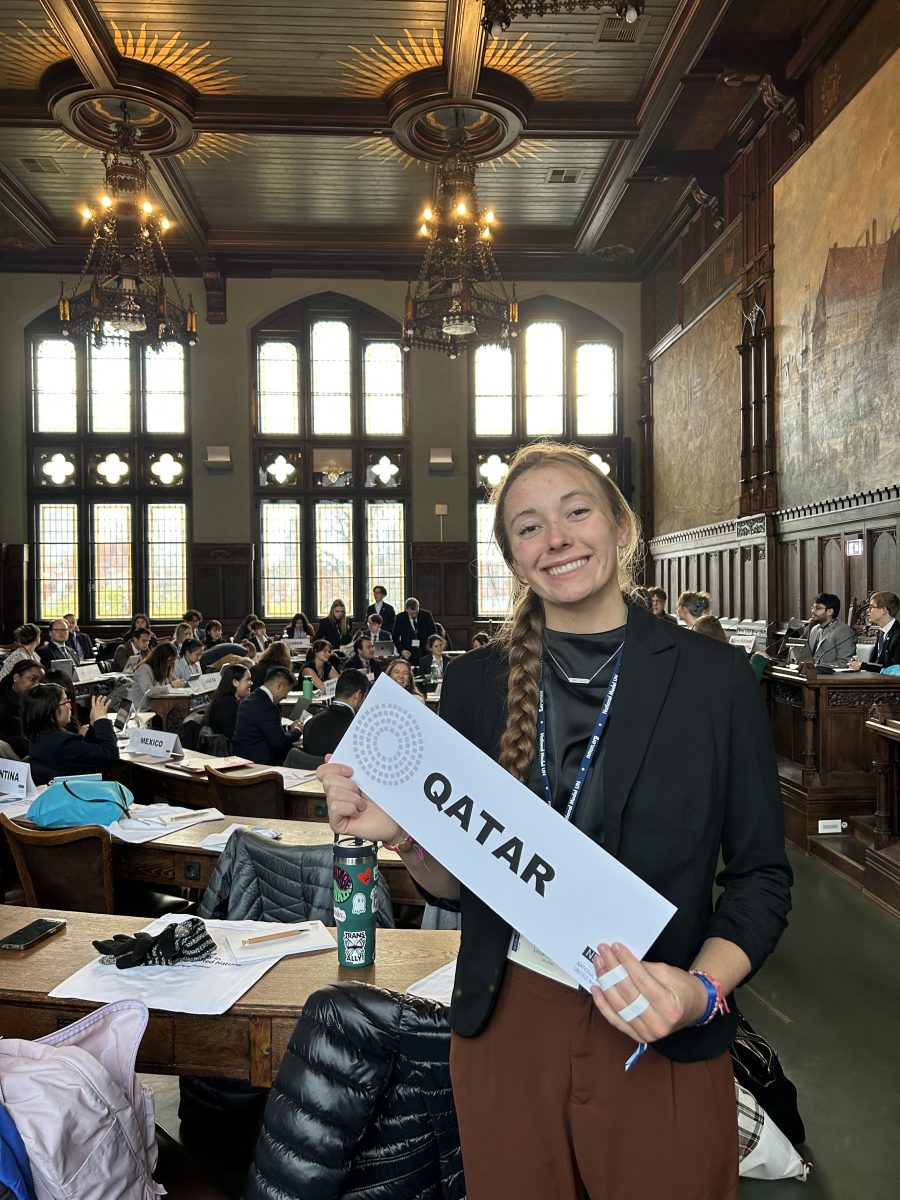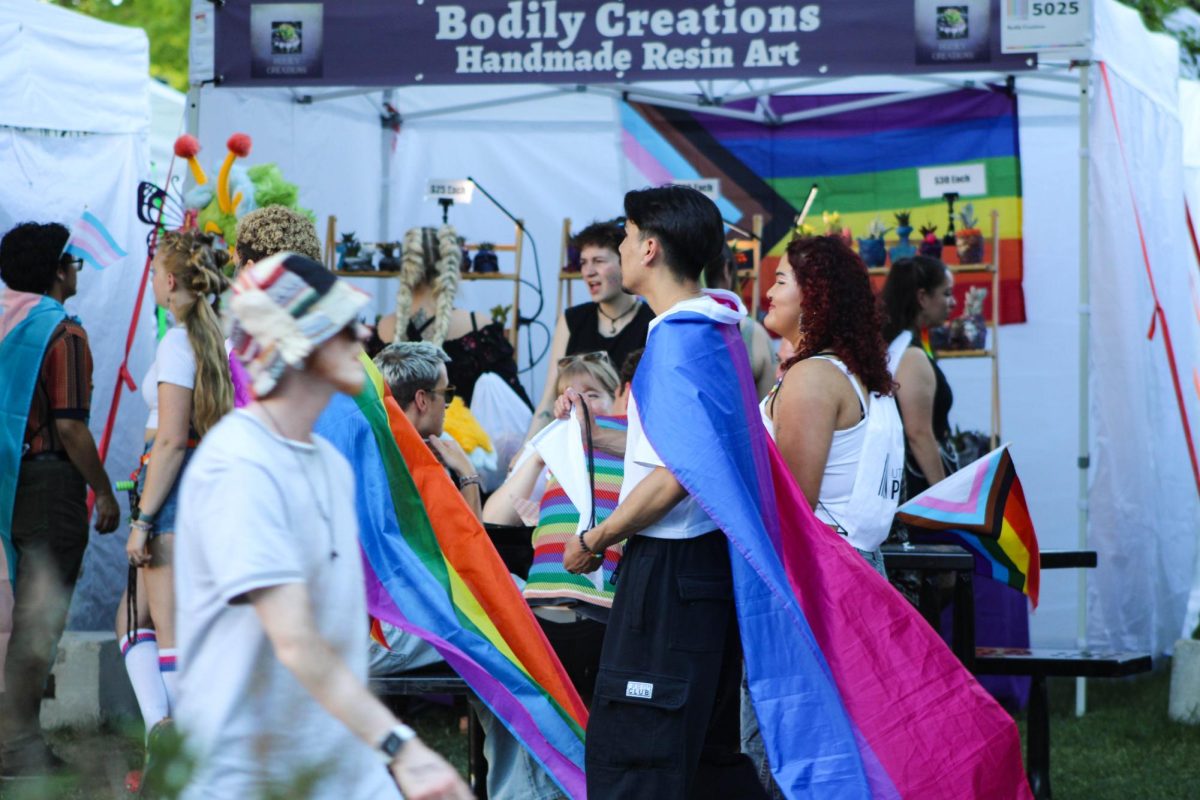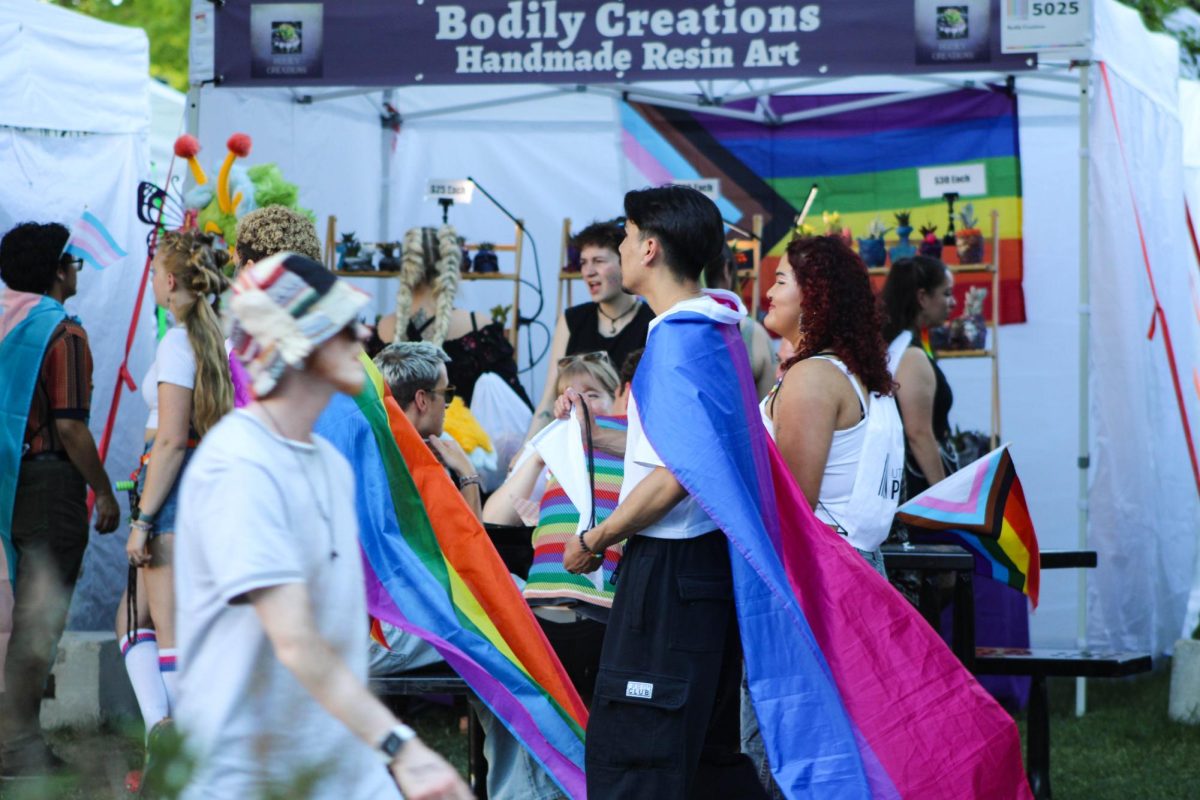Before 1987, homosexuality was considered a diagnosable mental disorder that required psychiatric intervention. The American Psychiatric Association publishes guidelines in a manual, the Diagnostic and Statistical Manual, for diagnosing psychiatric conditions. This manual contains hundreds of descriptions of different mental disorders and was the first manual to be used in a clinical way to help diagnose psychological disorders.

The second edition of the DSM was published in 1968 and included homosexuality as a mental disorder.
According to an article in Psychology Today, in 1973 the APA took a vote on whether its members thought homosexuality was a mental disorder or not. The majority voted that it was not, and as a result, the entry of homosexuality was taken out, but was replaced with “sexual orientation disturbance,” which was defined as “people who are conflicted with their sexual orientation.”
It wasn’t until 1987 that homosexuality and any references to it were completely taken out of the DSM.
This classification perpetuated the cycle that ostracized and demonized the LGBTQ community. It also led to many dehumanizing and disgusting practices labeled as psychiatric treatments to be weaponized against the LGBTQ community in order to force them to become heterosexual.
These practices I’m talking about are referred to as conversion therapy.

The use of conversion therapy to “cure” homosexuality has been around for more than a century. The first person to who claimed they could turn a gay man straight was German psychiatrist Albert von Schrenck-Notzing. In 1899, Schrenck-Notzing bragged to his colleagues that he had successfully turned a gay man straight with “45 hypnosis sessions and a few trips to a brothel,” according to History.com.
This was the beginning of conversion therapy and it has had long-lasting impacts on the LGBTQ community.
Conversion therapy was widely popular in the 19th century and even into the 20th century, but is not considered legitimate by the APA today.
Techniques used in conversion therapy often included electroconvulsive therapy and even lobotomies. Robert Galbraith Heath was a psychiatrist that pioneered the use of shock therapy administered through electrodes that were surgically implanted into a patient’s brain.
Heath used this shock therapy technique in conjunction with hired prostitutes and pornography in order to change someone’s sexual orientation, according to History.com.
Other techniques I read about while researching for this article were even more horrific. For example, researchers and psychiatrists at the time thought that if someone who was gay became disgusted by homosexuality, then they would cease to desire people of their same sex.

Medical professionals made patients look at pictures of someone of the same sex, whether it be their lover or someone else of the same gender, and then administer drugs that caused the patients to vomit. Some patients would be electrocuted while looking at gay pornography or while they were cross-dressing. This, in theory, would make them associate these behaviors with pain and would discourage them from partaking in what people at the time saw as unnatural.
Today, these physically abusive tactics are not common, and conversion therapists often take another approach: emotional and mental abuse.
When individuals undergo conversion therapy today, they are usually taken to camps and conferences where they are isolated from their friends and family. At these camps and conferences, they are conditioned to believe that their sexuality or gender identity is wrong, sinful and unnatural.
According to an article by Kelly McLaughlin for Insider, conversion therapists will use shame, emotional trauma and sometimes even physical abuse to make the victims associate pain and shame with their identities.
Because homosexuality was seen as a mental illness and as something that could be cured, long-lasting stigmas have surrounded the LGBTQ community for hundreds of years. These stigmas are unfounded, and many have come out to say that there is no proof that conversion therapy works; conversely, many experts in psychology have said it’s harmful and dangerous.

Conversion therapy is still legal in 24 states, illegal for minors in 20 states, three states still only have partial bans for minors and three states — Alabama, Georgia and Florida — currently have a “preliminary injunction” preventing the enforcement of conversion therapy bans, according to Movement Advancement Project.
These practices are disgusting and disturbing. I cannot wrap my head around how someone could do this to another human being. Being part of the LGBTQ community has been seen as a sin, unnatural and as a mental disorder, when in reality it is none of these.
I, and everyone else in the LGBTQ community, am so tired of being seen as “unnatural” and being told that we need to be fixed or cured. These practices are horrific and disturbing, and the fact that there are more states than not where it is still at least somewhat legal to send children to conversion therapy is sickening.
It makes my blood boil when hearing or reading about someone who was sent to this type of “therapy” and told that they are unworthy of love and acceptance. This damage is long-lasting and does significant damage to the psyche.
No one should ever be discriminated against or abused in any way for simply being who they are. Being part of the LGBTQ community is not a sin, it’s not unnatural and it’s certainly not something that needs to be cured.




















